I recently consulted on a warehouse project where the client was considering PPR pipes for fire protection. This made me research deeply into their suitability for such critical applications.
PPR pipes are certified for certain fire protection applications when they meet specific standards and have proper approvals. While not for all fire systems, they can be used in specific scenarios like fire sprinkler systems in residential and commercial buildings when they carry the right certifications and are installed correctly.
However, the use of PPR in fire protection requires careful consideration of several important factors. Let’s examine the key aspects that determine whether PPR pipes are right for fire protection systems.
Are PPR Pipes Certified for Fire Protection System Applications?
Many building owners wonder if plastic pipes can be trusted for fire safety. I’ve seen the confusion this question causes.
PPR pipes can be certified for fire protection applications when they meet specific international standards and carry approvals from recognized bodies like FM Global, UL, or VdS. These certifications ensure the pipes have been tested for performance under fire conditions and meet strict safety requirements.
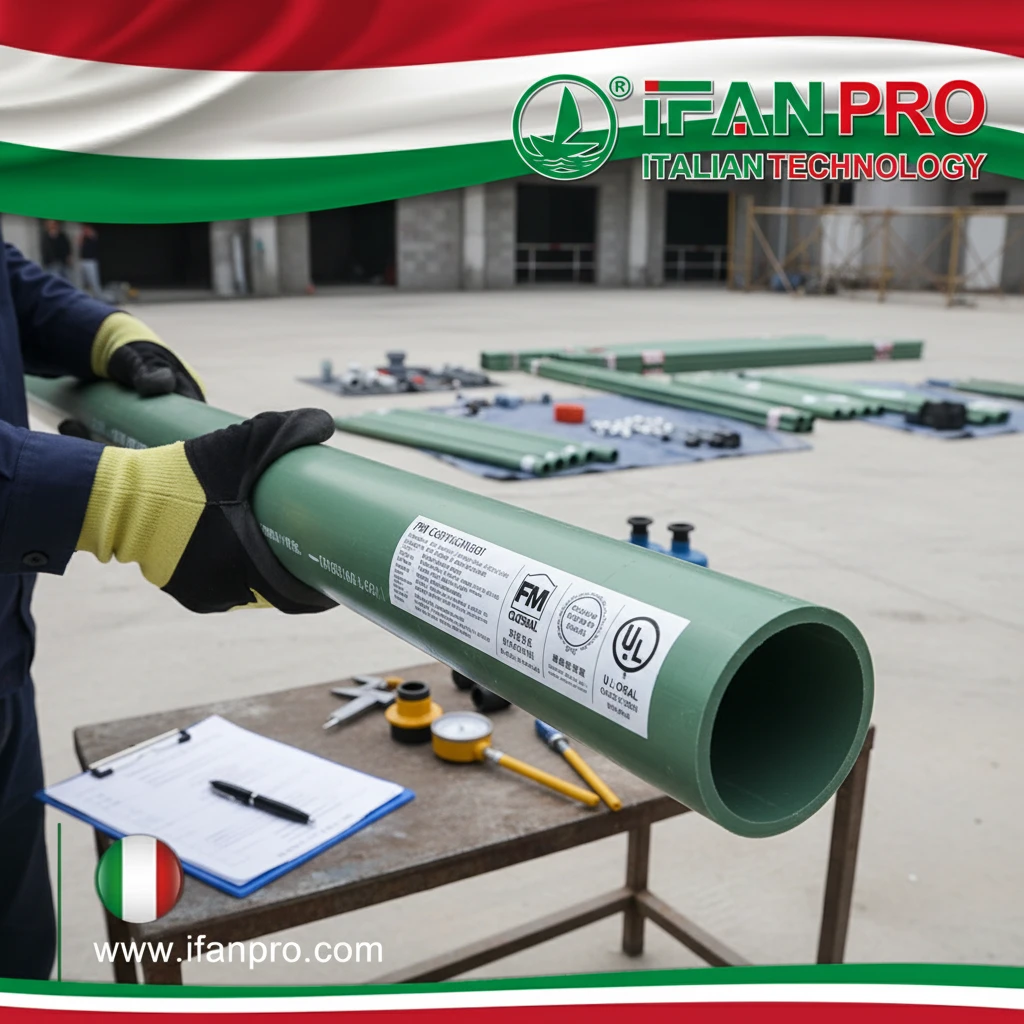
Understanding Certification Requirements
The certification of PPR pipes for fire protection is not automatic – it requires rigorous testing and approval. Not all PPR pipes are suitable for fire protection systems. Only those specifically designed, tested, and certified for this purpose can be used.
The certification process involves testing the pipes under simulated fire conditions. Manufacturers must demonstrate that their PPR pipes can withstand the demands of fire protection systems. This includes maintaining integrity under pressure, resisting high temperatures, and ensuring reliable water delivery during emergencies.
Key Certifying Bodies and Standards
Several international organizations provide certifications for fire protection materials:
| Certification Body | What They Approve | Importance |
|---|---|---|
| FM Global | Materials for fire protection systems | Required by many insurance companies |
| UL Listed | Fire protection system components | Recognized in North American markets |
| VdS | Fire protection products | Important for European markets |
| LPCB | Fire safety and security products | Recognized in UK and Middle East |
Practical Considerations for Certification
When considering PPR pipes for fire protection, you must verify the specific certifications. The pipes should have clear markings showing their approval for fire protection use. Additionally, local building codes may have specific requirements that must be met.
From my experience with IFAN’s clients, I’ve learned that certification is just the first step. The entire system – including pipes, fittings, and installation methods – must be approved as a complete solution. This ensures that every component works together reliably in case of fire.
What Temperature Resistance Do PPR Pipes Offer for Fire Sprinkler Systems?
Temperature performance is crucial for fire protection materials. I’ve tested PPR pipes under various temperature conditions to understand their limits.
PPR pipes for fire sprinkler systems typically withstand temperatures up to 95°C continuously, with short-term resistance to higher temperatures during fire events. However, their performance depends on the specific PPR material grade, system pressure, and the duration of high-temperature exposure.
Temperature Performance Characteristics
PPR pipes maintain their structural integrity within specific temperature ranges. For fire protection applications, we need to consider both normal operating conditions and emergency fire scenarios.
Under normal conditions, PPR pipes handle temperatures well beyond what they would experience in typical building environments. However, during a fire, the temperature exposure can be much more extreme. The pipes must maintain water flow long enough for the sprinkler system to control the fire.
Comparing Temperature Resistance
Different piping materials offer varying levels of temperature resistance:
| Pipe Material | Maximum Continuous Temperature | Short-Term Peak Temperature |
|---|---|---|
| PPR (Fire Rated) | 95°C | 110°C for limited periods |
| CPVC | 85°C | 95°C for short durations |
| Steel | Unlimited | Unlimited |
| Copper | Unlimited | Unlimited |
Application-Specific Considerations
The temperature resistance required depends on the specific fire protection application. In wet sprinkler systems, where pipes are always filled with water, PPR’s temperature resistance is usually sufficient. The water in the pipes helps absorb heat and protects the pipe material.
However, in dry pipe systems or areas where pipes might be exposed to direct flame, additional protection or alternative materials might be necessary. From IFAN’s project experience, we’ve found that PPR works well in most standard sprinkler applications but requires careful planning in high-risk areas.
It’s also important to consider that during a fire, the primary goal is for the system to function long enough to control the fire. PPR pipes, when properly certified and installed, provide this crucial window of operation while offering other benefits like corrosion resistance and easier installation.
How Do PPR Pipes Compare to Metal Pipes in Fire Protection Costs?
Cost is a major factor in material selection. I’ve helped many clients analyze the true costs of different fire protection systems.
PPR pipes typically cost 30-50% less than metal pipes for fire protection systems when considering both material and installation expenses. The savings come from lower material costs, faster installation, and reduced need for heavy equipment, though the exact savings depend on project specifics and local labor rates.
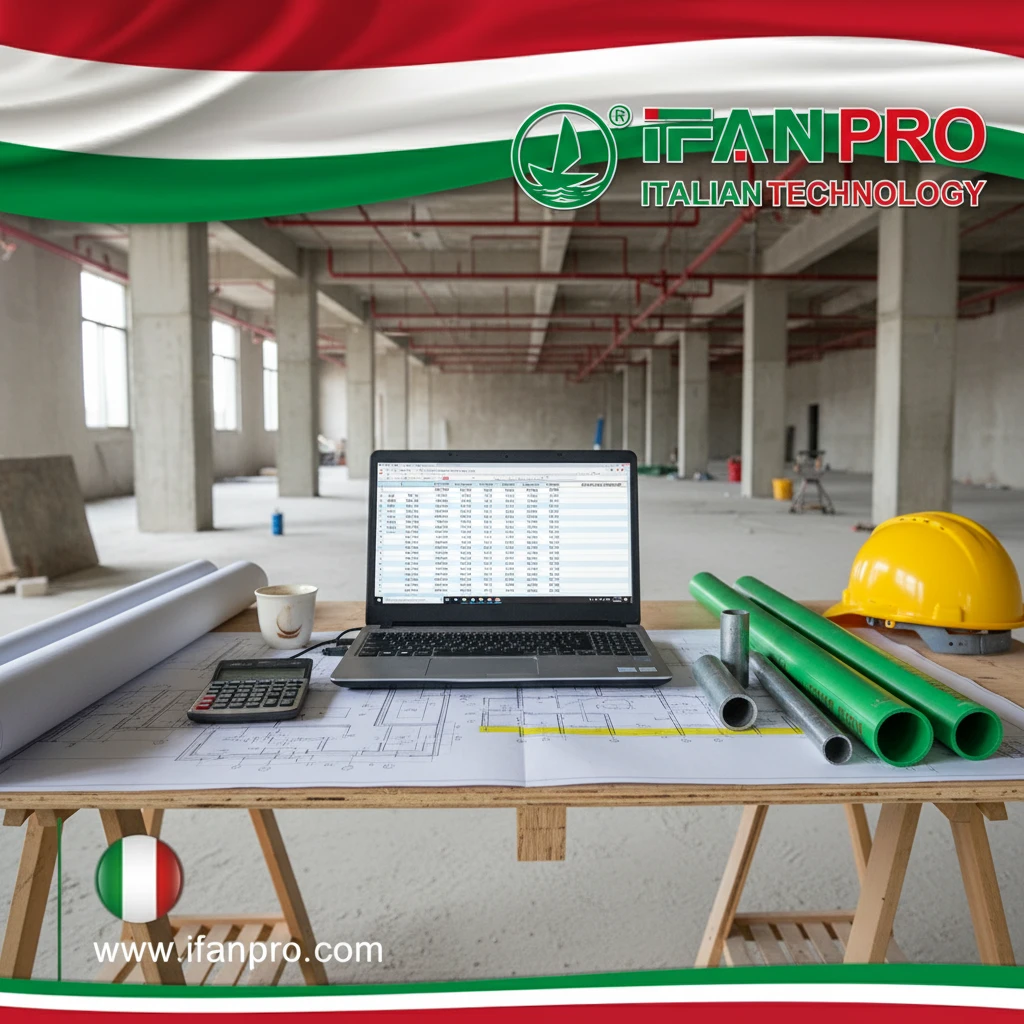
Initial Cost Breakdown
The cost advantage of PPR pipes begins with the raw material costs. PPR material is generally less expensive than steel or copper on a per-meter basis. This initial savings is significant, but it’s only part of the picture.
Installation costs show an even greater difference. PPR installation requires simpler tools and less labor time. The fusion welding process is faster than threading steel pipes or soldering copper joints. This translates to direct labor cost savings.
Comprehensive Cost Analysis
Here’s a detailed comparison for a typical commercial building fire protection system:
| Cost Category | PPR System | Steel System | Copper System |
|---|---|---|---|
| Material Cost | $15,000 | $25,000 | $35,000 |
| Installation Labor | $10,000 | $18,000 | $20,000 |
| Equipment Rental | $1,000 | $3,000 | $2,000 |
| Maintenance (10 years) | $2,000 | $8,000 | $5,000 |
| Total 10-Year Cost | $28,000 | $54,000 | $62,000 |
Long-Term Financial Benefits
Beyond initial installation, PPR systems offer ongoing cost advantages. They don’t corrode internally, which means they maintain their water flow capacity over time. Corroded steel pipes can require expensive replacements or cleaning to maintain proper fire protection performance.
The lightweight nature of PPR also reduces structural support requirements and makes future modifications easier and less expensive. From IFAN’s project tracking, we’ve seen that buildings with PPR fire protection systems typically have lower long-term maintenance costs compared to metal pipe systems.
However, it’s crucial to factor in that PPR systems might require additional fireproofing in some applications, which can add to the initial cost. A proper cost analysis should include all these factors specific to your project.
What Installation Standards Apply to PPR Pipes in Fire Protection Systems?
Proper installation is critical for fire safety. I’ve worked with installers to ensure PPR systems meet all required standards.
PPR pipes in fire protection systems must follow specific installation standards including NFPA 13 for sprinkler systems, ISO 15874 for PPR installation procedures, and local building codes. Additionally, manufacturers’ instructions and certification body requirements must be strictly followed to ensure system reliability.
Key Standards and Codes
Several important standards govern PPR pipe installation in fire protection systems. Understanding and following these standards is essential for system safety and compliance.
NFPA 13 (National Fire Protection Association) is the primary standard for sprinkler system installation in many countries. This standard addresses pipe materials, installation methods, and testing requirements. Recent editions of NFPA 13 have included specific provisions for plastic pipes in fire protection.
Installation Process Requirements
The installation process for PPR fire protection pipes must follow strict procedures:
Preparation and Handling
Pipes must be stored properly to prevent damage and contamination. The installation environment should be clean and within the temperature ranges specified by the manufacturer. Installers must be trained and certified in PPR fusion techniques.
Fusion Welding Quality
The fusion welding process requires precise temperature control, proper heating times, and correct joining pressure. Each joint must be visually inspected for proper bead formation and alignment. Many certification bodies require documentation of fusion parameters and installer certifications.
Support and Protection Requirements
PPR pipes in fire protection systems require proper support and protection:
| Requirement | Specification | Purpose |
|---|---|---|
| Support Spacing | Closer than metal pipes | Prevent sagging and stress |
| Fire Rating | Maintain building fire rating | Prevent fire spread |
| Impact Protection | Guard against physical damage | Maintain system integrity |
| Identification | Red color coding | Easy identification |
Testing and Commissioning
After installation, the system must undergo rigorous testing. This includes hydrostatic testing at specified pressures, flow tests to ensure adequate water delivery, and visual inspections of all components. Documentation of all tests and inspections must be maintained for compliance and insurance purposes.
From IFAN’s experience with international projects, we’ve learned that working with local authorities early in the design process is crucial. Different regions may have additional requirements beyond the basic standards, and understanding these local variations is key to successful project completion.
Conclusion
PPR pipes offer a viable option for fire protection when properly certified and installed. For reliable, certified PPR solutions, consider IFAN’s fire-rated PPR products for your next project.

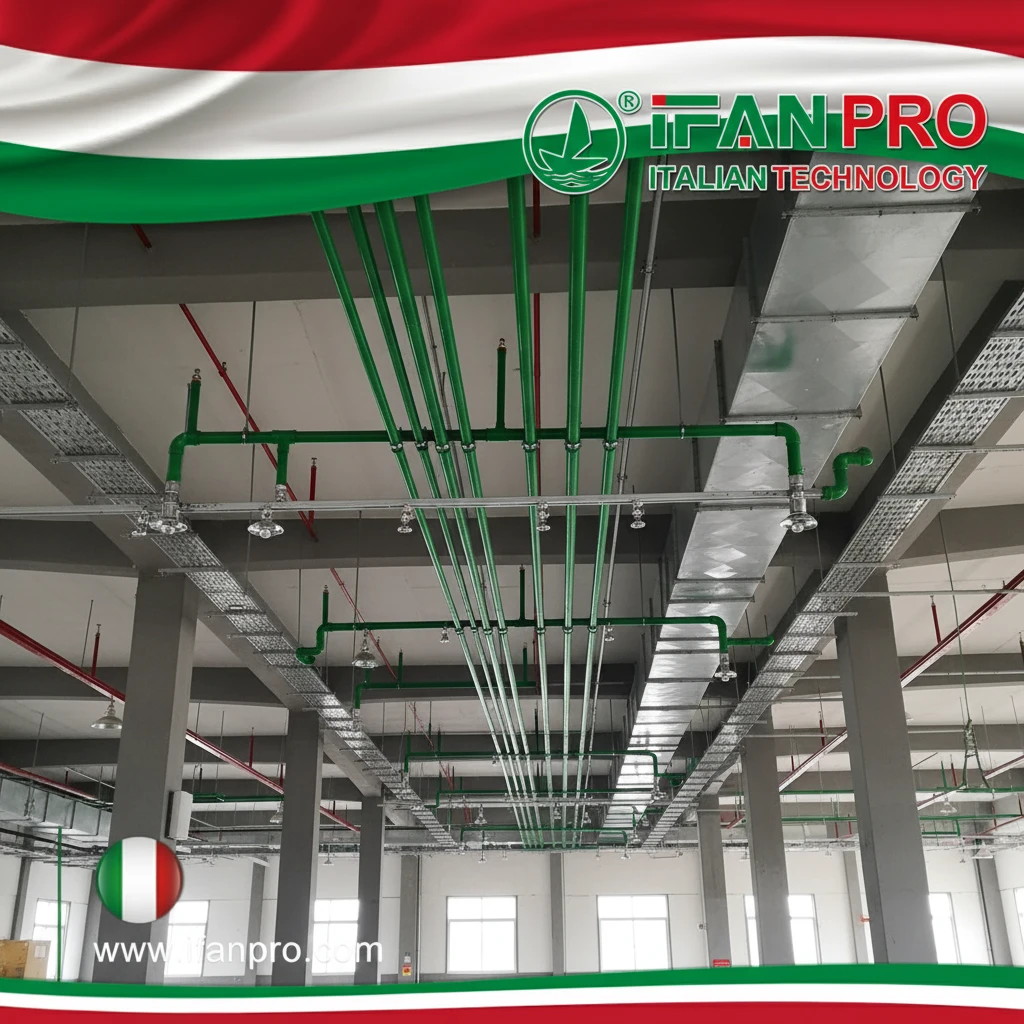
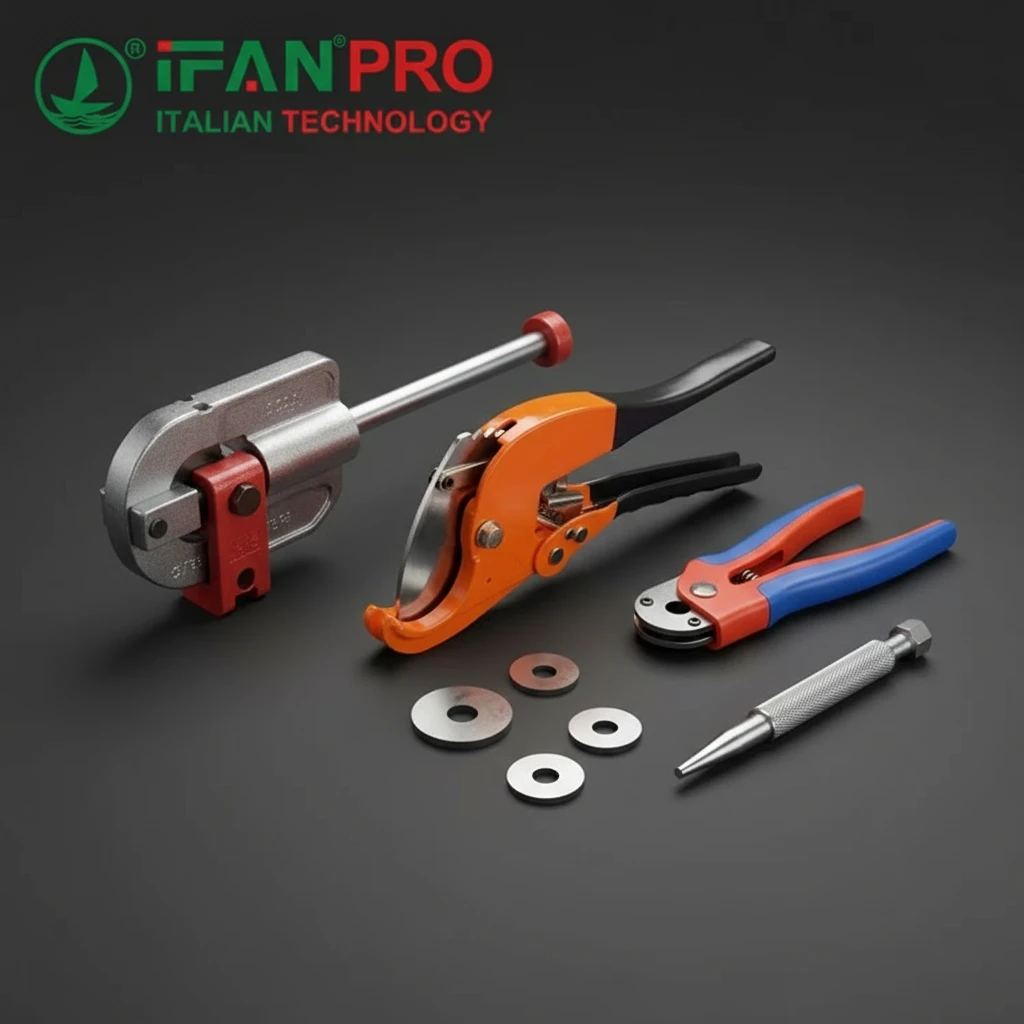

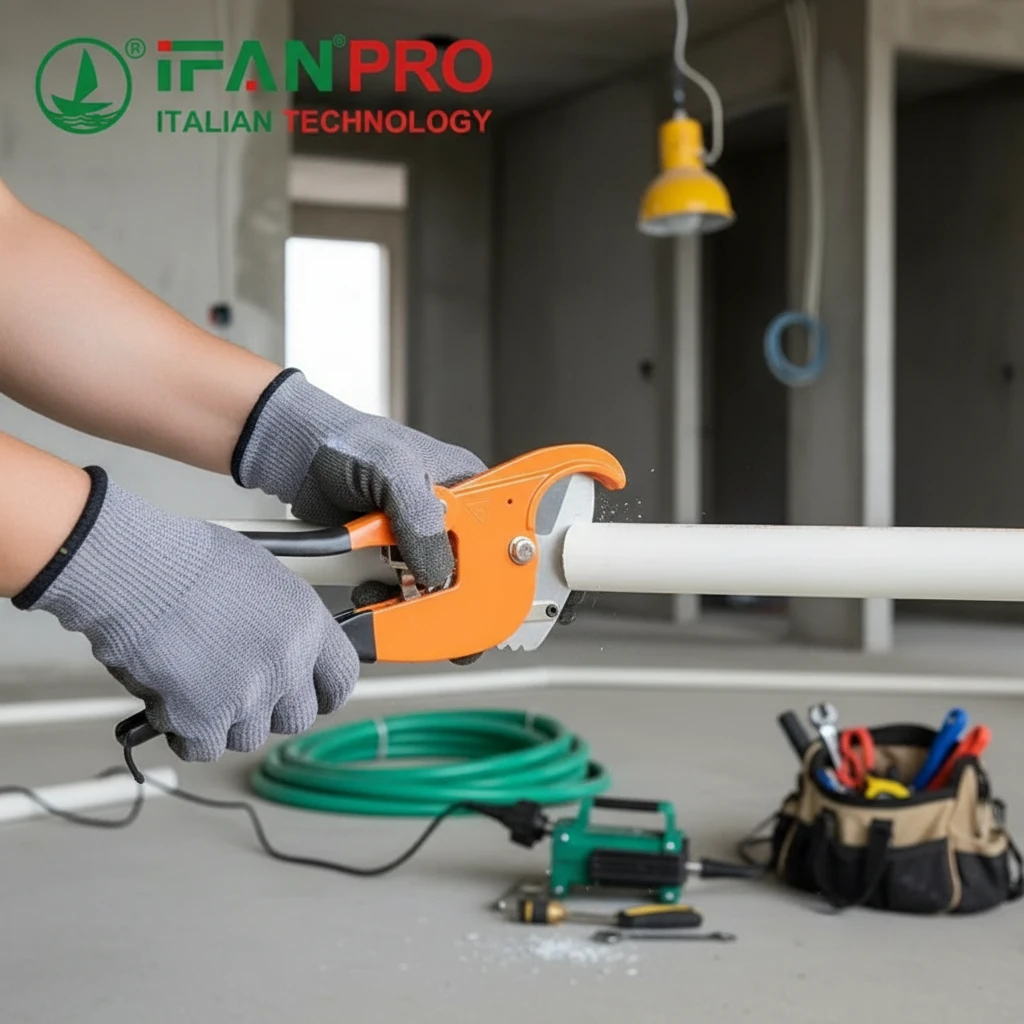









Commentaires récents